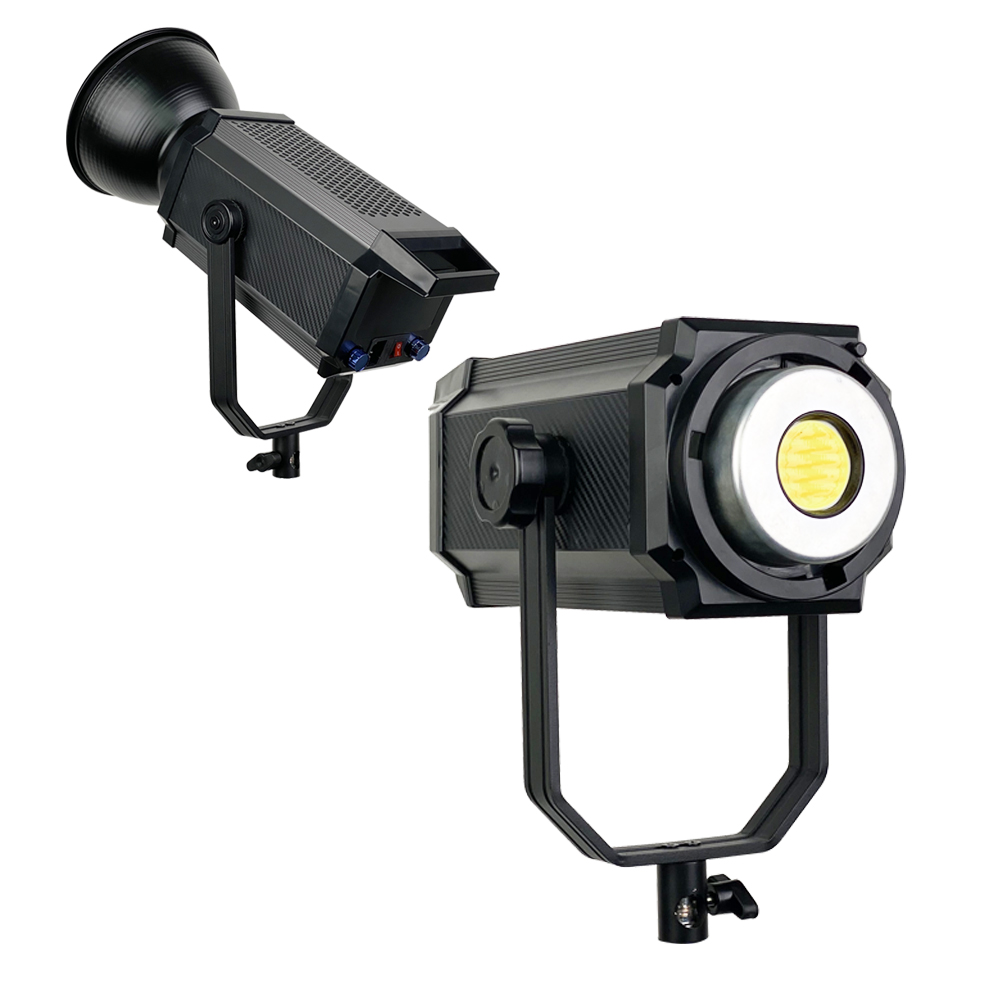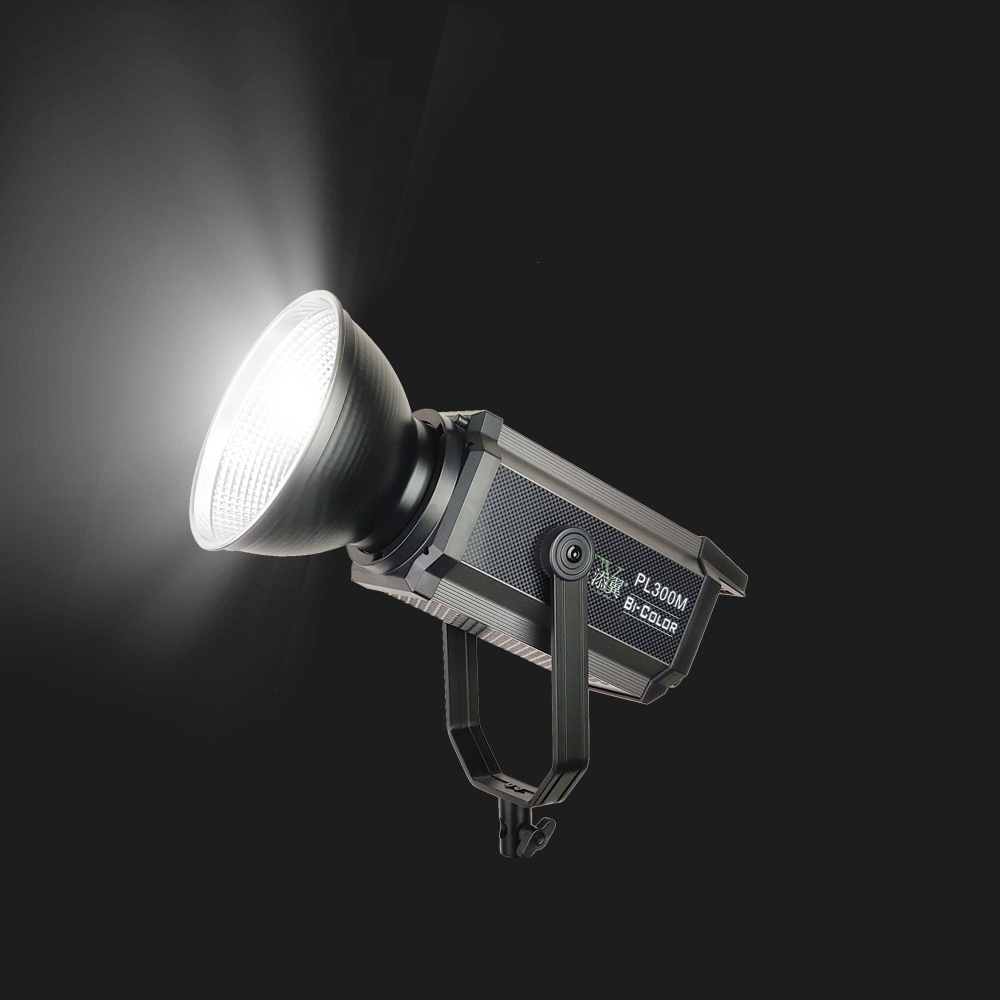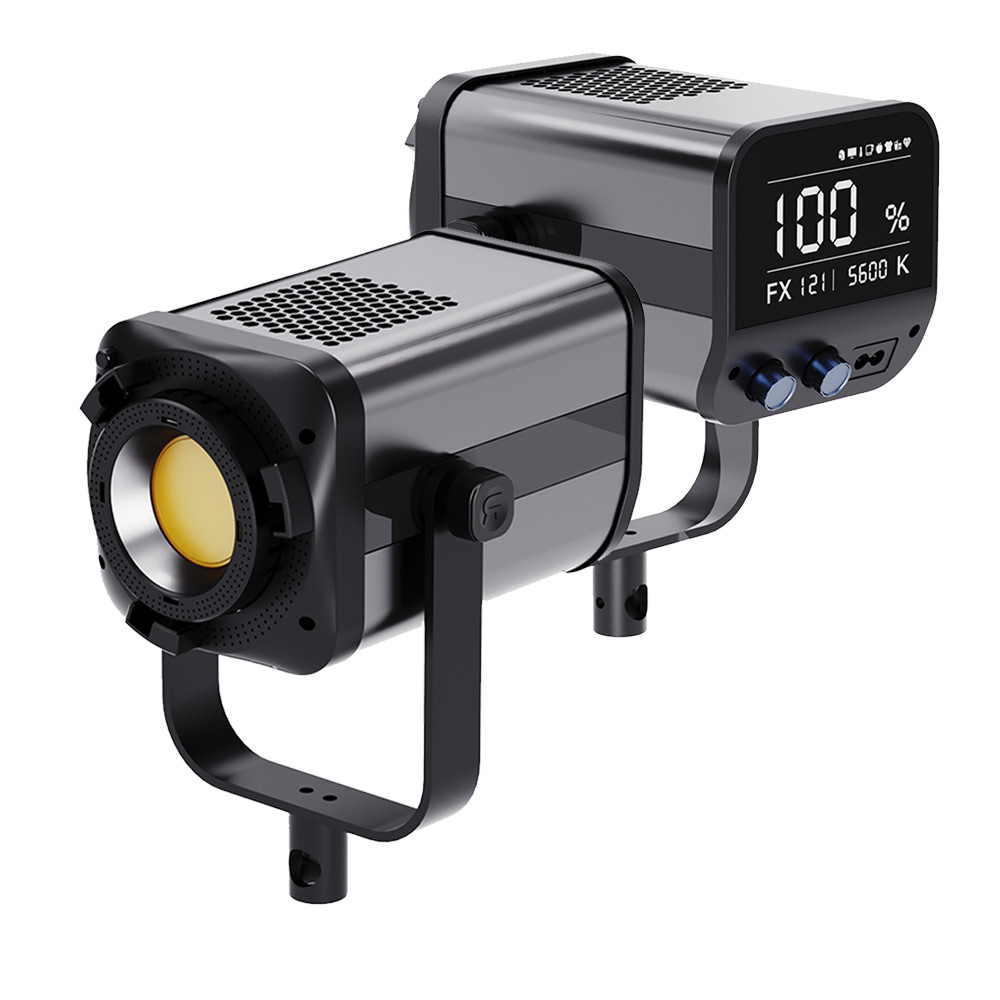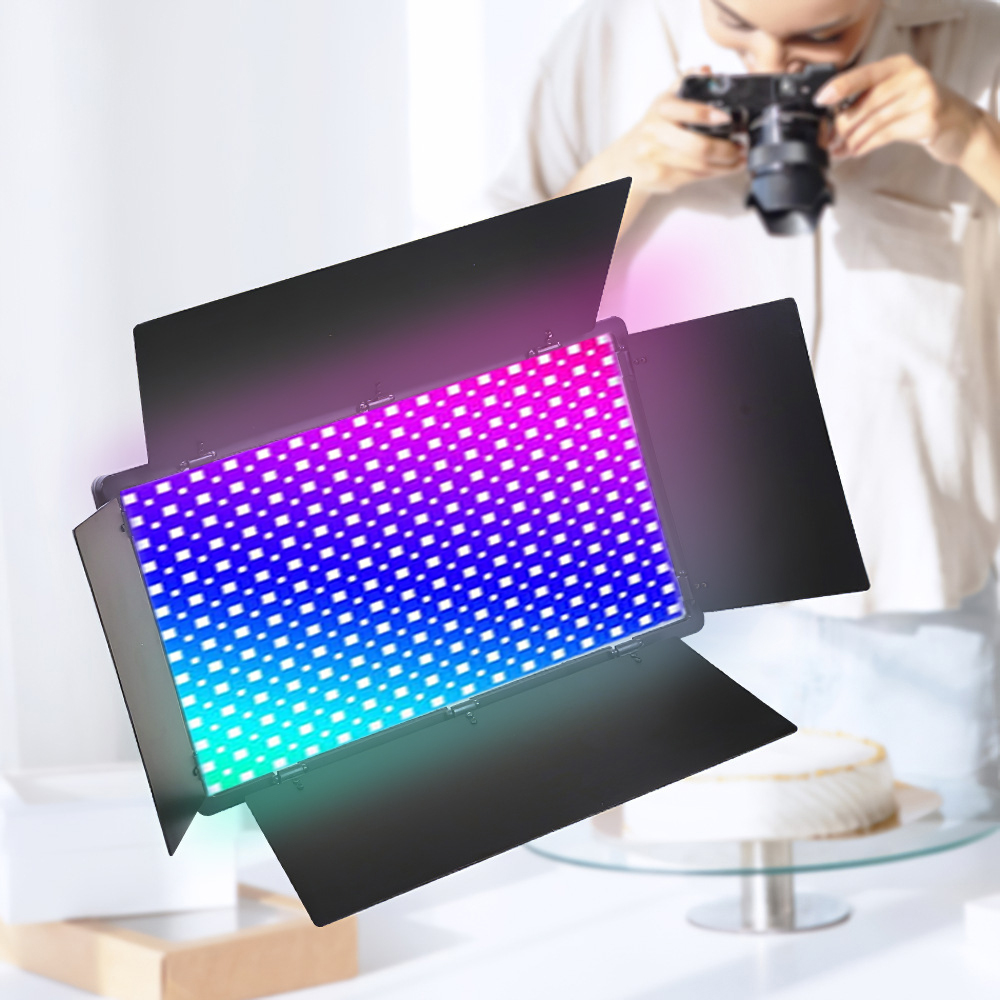Product Photography Lighting Secrets: How to Make Products Shine in Photos
Product Photography Lighting Secrets: How to Make Products Shine in Photos
Introduction
Understanding Product Characteristics
- Before choosing a lighting scheme, first understand the material, color, and shape of the product, as these factors will affect the reflection and absorption of light.
Choosing the Right Type of Lighting
- Key Light: As the main light source, it is usually placed in front of the product or at a 45-degree angle to display the basic shape and details of the product.
- Fill Light: Used to fill in the shadows created by the key light, making the product look softer.
Background Light: Illuminates the background, contrasting with the product to highlight its silhouette.

Creating the Ideal Lighting Effect
- Highlights and Reflections: Use reflectors or add light sources to control the position and intensity of highlights, showing the product's glossiness.
- Shadow Control: Adjust the position and angle of the light sources to control the length and depth of shadows, enhancing the three-dimensional effect of the product.
Using Lighting Accessories
- Softboxes: Make the light more even, reducing hard shadows on the product.
- Snoot: Concentrates light to highlight specific parts of the product.
Grids: Restrict the spread of light, used to create specific lighting effects.

Pay Attention to Light Color Temperature and Color Accuracy
- Ensure that the color temperature of the lighting matches the actual color of the product to avoid color deviation.
- Use light sources with high color accuracy to ensure that the colors of the product are truly reproduced in the photos.
Practice and Fine-tuning
- Product photography lighting often requires repeated practice and fine-tuning to achieve the best results.
- When shooting, continuously adjust the position and intensity of the light sources until satisfied.


